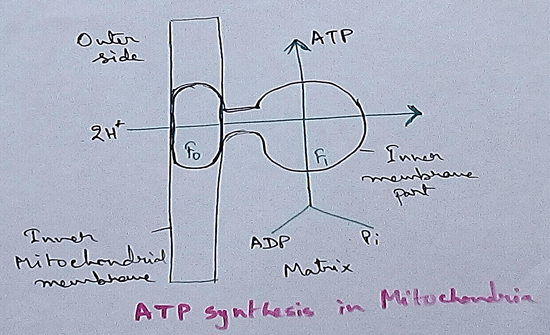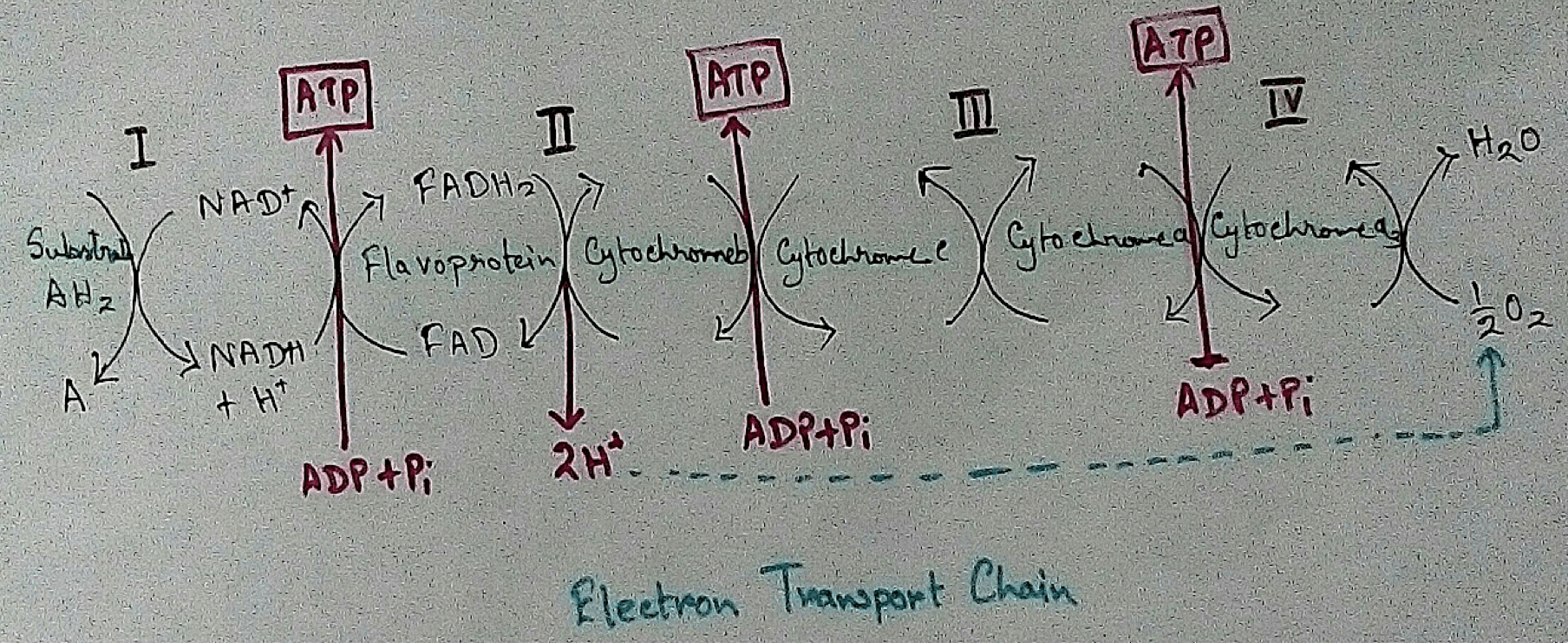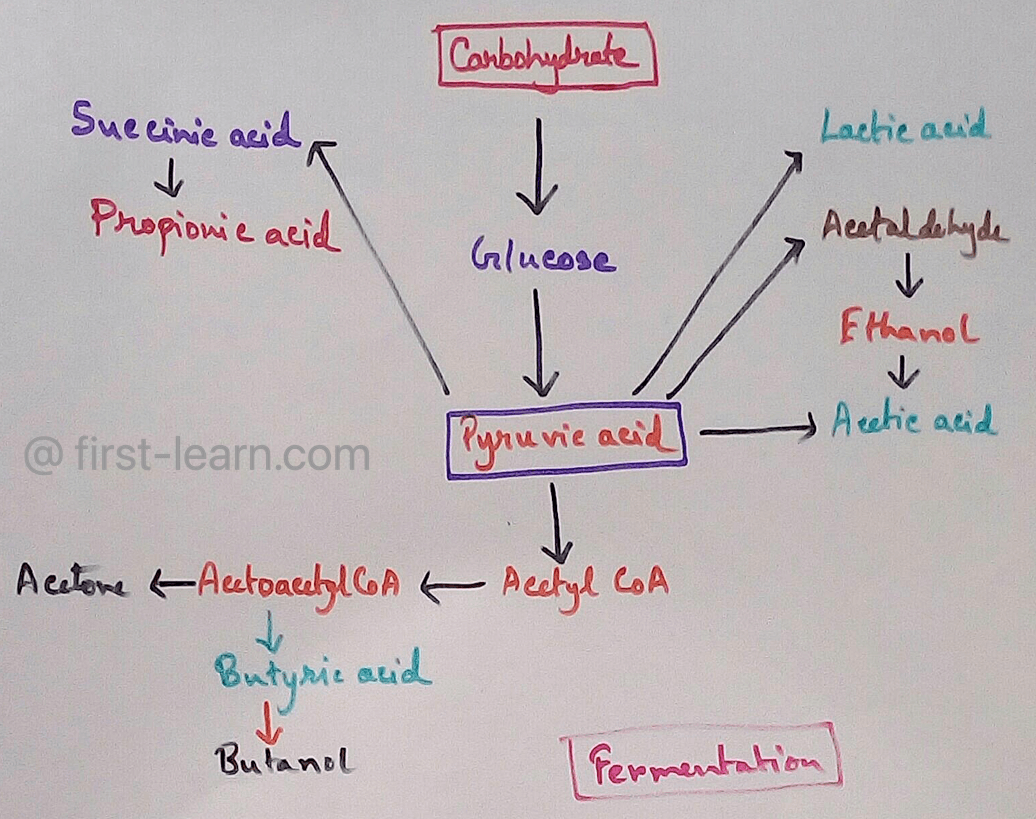Feeding Habits of Birds
We will learn about the feeding habits of birds. Their food habits depend upon the size and shape of their beaks and claws.
Birds use their beaks, feet and claws to catch and feed on their prey. They also protect them from their enemies. They help them to hold the branches tightly. Like their beaks, their feet and claws are also made suitable for different purposes.
Some birds like crows, sparrows, etc. have three toes in front and one toe at the back. They use their front toes like our fingers and back toe like our thumb. They perch on trees. Their toes help them to grip branches so tightly that they do not fall down even while sleeping.
Some birds like hens and cocks have sharp and hard claws with three long toes in front and one short toe at the back. They scratch the ground with their sharp claws to get seeds and insects to eat them.
Birds like ducks and geese have small feet with three long
toes in front and one small toe at the back. The three front toes are joined
together with thin skin. These kinds of feet are known as webbed feet. They
help them in swimming.
Birds like parrots and woodpeckers have two toes pointing upwards and two toes pointing downwards. They help them to climb up on trees and hold fruits to eat.
Birds like eagles and vultures have strong, sharp and curved claws to grip and carry their food. Their claws are known as talons. They catch and hold their prey like rats, birds and snakes tightly with their claws.
Birds like cranes and herons wade through muddy water. They have long, thin legs with unwebbed spreading toes.
Animals and its Feeding Habits
Movement and Shelter of Animals
Nesting HabitsFrom Feeding Habits of Birds to HOME PAGE
Recent Articles
-
Respiratory Balance Sheet | TCA Cycle | ATP Consumption Process
Feb 18, 24 01:56 PM
The major component that produced during the photosynthesis is Glucose which is further metabolised by the different metabolic pathways like glycolysis, Krebs cycle, TCA cycle and produces energy whic… -
Electron Transport System and Oxidative Phosphorylation | ETC |Diagram
Feb 04, 24 01:57 PM
It is also called ETC. Electron transfer means the process where one electron relocates from one atom to the other atom. Definition of electron transport chain - The biological process where a chains… -
Tricarboxylic Acid Cycle | Krebs Cycle | Steps | End Products |Diagram
Jan 28, 24 12:39 PM
This is a type of process which execute in a cyclical form and final common pathway for oxidation of Carbohydrates fat protein through which acetyl coenzyme a or acetyl CoA is completely oxidised to c… -
Aerobic Respiration | Definition of Aerobic Respiration | Glycolysis
Dec 15, 23 08:42 AM
This is a type of respiration where molecular free oxygen is used as the final acceptor and it is observed in cell. Site of Aerobic Respiration - Aerobic respiration is observed in most of the eukaryo… -
Fermentation | Definition | Types of Fermentation | Application
Nov 29, 23 10:27 PM
Definition of fermentation- It is a process that is energy yielding process of anaerobic oxidation of organic compounds which are carried out by the enzyme action of micro organisms where neither gase…




New! Comments
Have your say about what you just read! Leave me a comment in the box below.